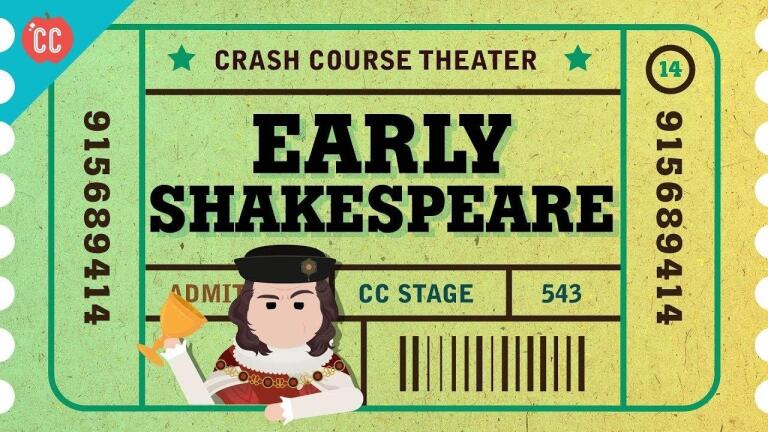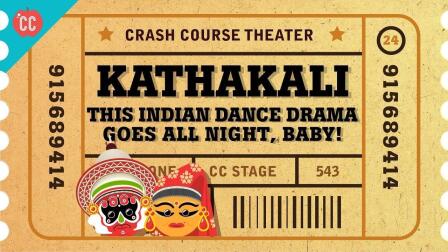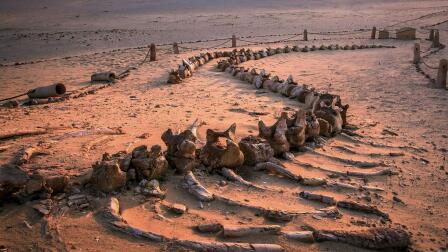Back to Show
Crash Course Theater
Japan, Kabuki, and Bunraku
Season 1
Episode 23
In Japan, under the Shoguns, there's couple of really interesting types of drama on the scene. Kabuki is a sort of successor to Noh, with wilder stories and more action. And Bunraku is straight up high intensity puppet theater. Mike tells you all about how the Samurais got themselves into trouble watching bawdy theater shows in Edo.
Support Provided By

12:54
In the 1600s, English theater had to go into hiding, from PURITANS. Enter: WOMEN.

11:50
Thanks, Shakespeare! Let's talk about Ben Jonson, revenge tragedies, and court masques.

10:46
Let's take a look at Shakespeare's comedies, romances, problem plays and heroines.

11:29
Shakespeare's tragedies had some jokes, and they changed the way tragedies were written.

10:52
How a young Shakespeare stormed into London's theater – and wrote some pretty good plays.

12:17
Let's take a look at London theater and the playwrights who set the stage for Shakespeare.

10:43
Painting, music, architecture, and plays with fart jokes were all thriving from 1300-1500.

12:20
Noh, and its counterpart Kyogen are some of the most revered theater forms in Japan.

11:10
After European churches changed their minds on theater, drama became an outdoor activity.

11:01
Meet Hrotsvitha: a cool, 10th century nun/playwright who influenced a new era of theater.

11:59
As Christianity rose in the west, theater declined. But it returned – via Catholic Mass!

12:02
Thanks to Bharata Muni, we can tell you quite a bit about Ancient Sanskrit theater.










